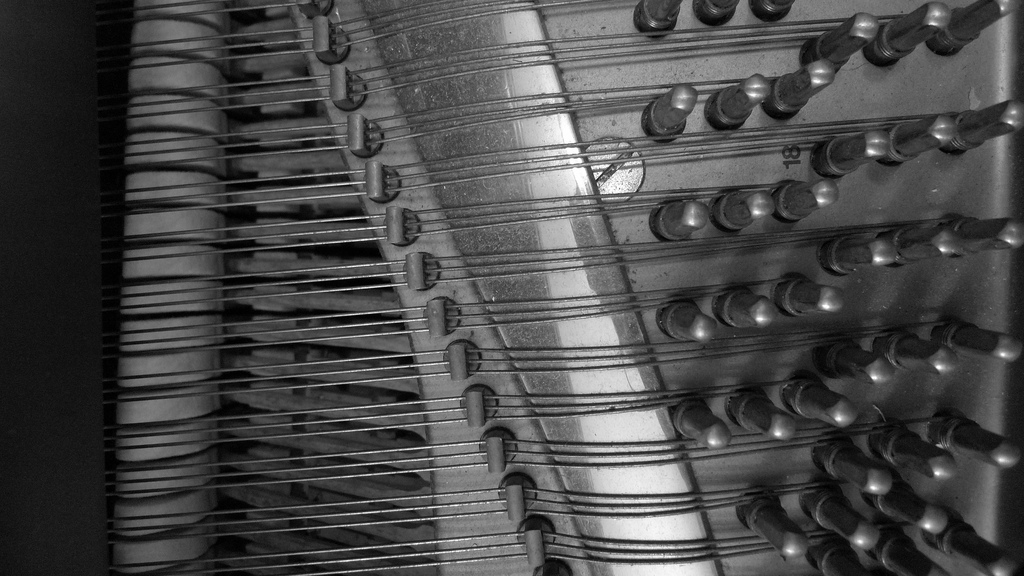How About Some Arabesques?
Galloping along, going nowhere in particular.

Image: Twang Photography via Flickr
The last time I wrote about Claude Debussy, I encouraged you to just enjoy a nice suite. I stand by this, by the way. While there’s definitely inherent value in crying to Bruckner at a live concert you paid the price of a shirt for, I also think there’s equal value in a jaunty little tune. Remember the études? Remember how they made you feel? Let’s go back to that. This past week has been hard enough.
So not unlike Debussy’s Petite Suite, I invite you to listen to an equally lovely set of arabesques. Arabesques is a new vocabulary word for the column, and it’s kind of a tricky one too. Generally speaking, it means it’s a shorter song with origins in Arabic music, meant to summon an image of Arabic architecture. In actuality, uh????? It doesn’t do that at all? I’m not saying arabesques aren’t nice—they definitely are—but you’ll listen and you’ll hear something definitively Western about them. In fact, Debussy’s Deux Arabesques sound definitively something and that something is French. They’re lyrical poems, textured and peaceful. While I swear on my whole life that I’ll never write about Clair de lune, you can definitely see where this guy was going.
The first in the series is the Arabesque in E Major: a thoughtful and quiet piece. It’s intended for little moments of relaxation, the type of music you time your breathing with. It trickles along like a stream inside a botanical garden, if that makes sense to you. It’s constructed, no doubt, this wavering and wandering. But it still works. It inspires the same cloud gazing as a real babbling brook would with just a little bit more of a safety net.
The Arabesque in G Major, however, is just 100% where I’ve been at all week. I think I’ve listened to this piece of music about one hundred times. It’s so wildly playful and fun. Whereas the previous arabesque takes its time going nowhere in particular, this one gallops along… going nowhere in particular. Debussy explores a few different melodies within, never losing his sense of fun throughout. As I’ve mentioned previously in this column, I have such respect for solo piano pieces they are really doing the whole damn thing themselves. An orchestra exists to support each other in deeply complex pieces of work. The pianist is by themselves! It’s stressful! The weight of the (musical) world pressed firmly on your shoulders (or under your fingertips, whatever). But there’s also a joy that comes from the skill of piano—of knowing you can pull off the magic trick of the piece. That’s why when the main melody comes back at the 2:35 mark in the finale, I practically want to give this recording a standing ovation.
The weeks are getting shorter, but they feel about a hundred times longer. Take walks, read books, drink a glass of milk. (Sorry.) Go see The Florida Project. Enjoy these arabesques—or enjoy something—but there’s a comfort in putting a song on repeat and leaving it be.
